What It's Like to Drive the Mazda RX-7 Spirit R
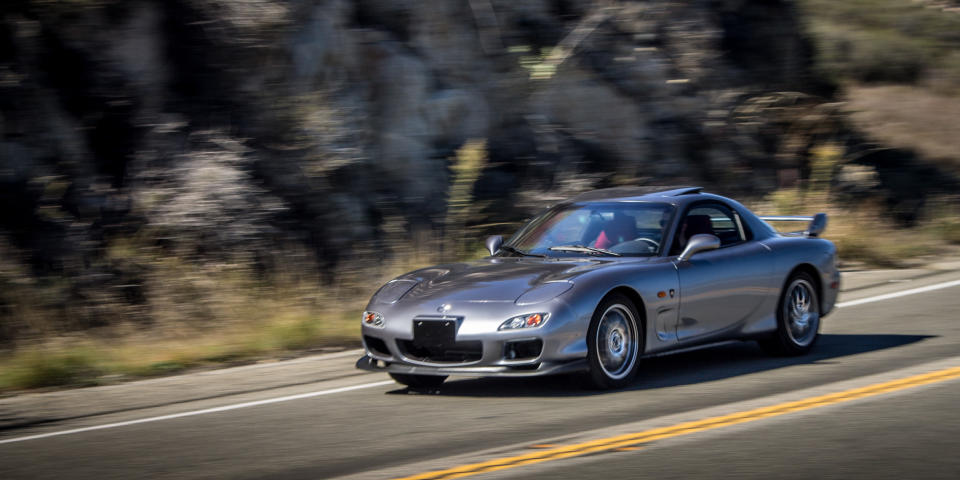
Fifty years ago today, Mazda put its first rotary-powered car on sale, the Cosmo Sport. To celebrate, here's a review, originally published December 2nd 2015, of one of its finest rotary-powered cars, the RX-7 Spirit R. –Ed.
Six thousand. Seven thousand. Eight thousand rpm and the twin rotors of the 13B whirr like triple-bladed shurikens, bathed in fire and oil and fuel and boost. The hissing fury of the sequential turbos is the shearing sheet steel of a low-flying jet aircraft; it's like a F-86 Sabre and a MiG-15 paused during a dogfight to fall in love and have an earthbound child. Redline comes without a pause in the power, shift to fourth, flat out on the throttle as the next corner beckons.
It is the last, the best, the only. In 2002, Mazda produced one last run of the twin-turbo RX-7 for the Japanese home market. As a final salute, Hiroshima threw everything they had at their departing halo car: forged, staggered BBS wheels; adjustable rear wing; Bilstein shocks; max-boost 280PS twin-turbo rotary engine.
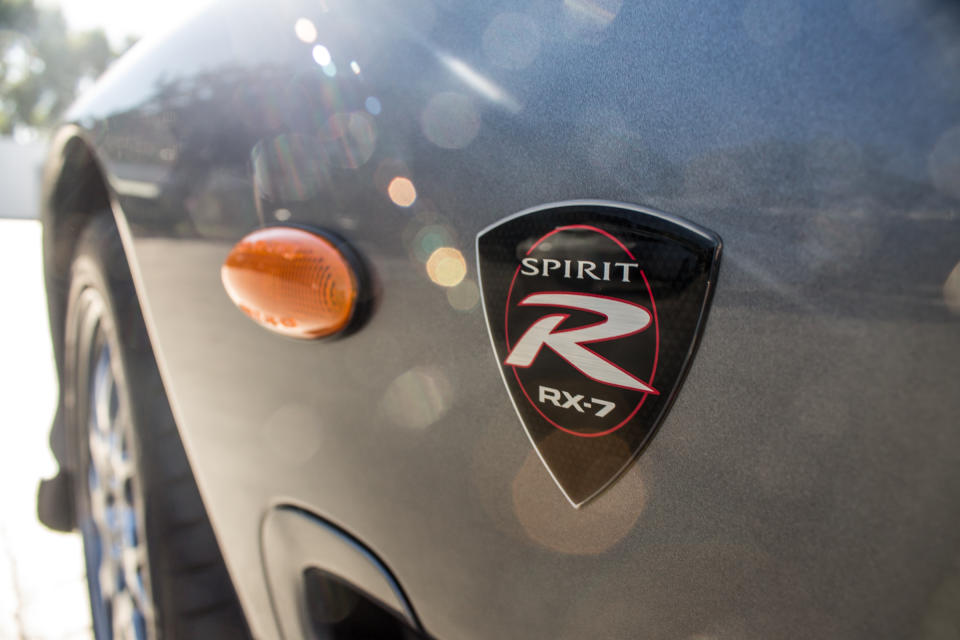
They called it the Spirit R, one last sortie, one final flight of the purest driving machines Japan ever created. They made 1500 of them, two thirds of that the most hard-core Spec A version. On our side of the Pacific, it was pure, unalloyed unobtanium; the last third-generation RX-7 entered the country in 1995, and that was an official end to the turbo rotary dream.
But they made one more. One single left-hand-drive car with an impossible VIN. One lost, wandering ronin, locked away in a basement beneath Mazda's R&D center in Irvine, California. Most of the time, it sits in a shadow-dimmed corner, hooked up to the electric IV of a trickle charger.
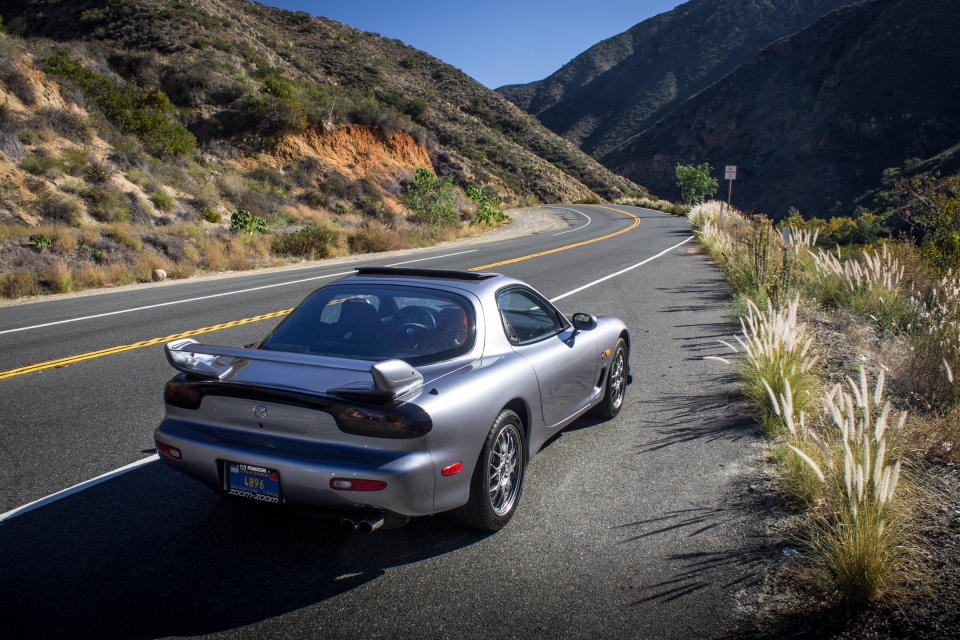
Just not today.
The only left-hand-drive Spirit R in the world was built for Mazda North America senior VP Robert Davis, a man of ursine heft and friendly demeanor. Friendly, that is, as anyone who ever folded himself into a four-rotor 787B and drove it in anger–I no more want to tell Davis I've bent or broken his personal RX than I would tell a momma grizzly that her favorite cub was now a throw pillow.
But you can't drive the Spirit R gently. It's just not built for it. The car spends its off hours sleeping amongst IMSA warriors and land speed record holders, cars that competed at LeMans and SCCA championship machines. Pussyfoot it through California's dense traffic and it growls and grumbles and wheezes like a leaky bellows of an accordion. When the canyon tarmac clears ahead it takes the bit in its teeth. Ride hard, or get thrown off.
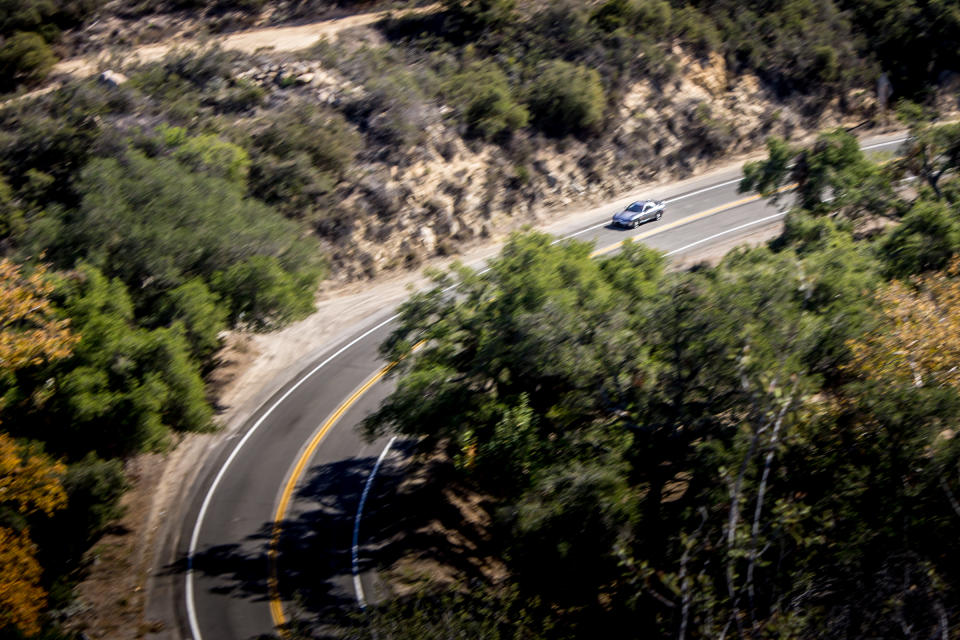
If the Miata was born in a philosophy of horse and rider as one, then the engineers of the third-generation RX-7 didn't care if you offered the thing a sugar lump and came back two fingers short of a fist. No traction control, no driver's aids, no suffering fools gladly. Throw in a set of staggered Bridgestone Potenzas more than a decade old and maybe you'd want to rein things in a little.
But the way the factory suspension takes a set into a curve, the way the steering comes alive in your hands, the way the lightweight fixed-back Recaros seem to make you part of the car... there's just no room for slow. The Spirit R darts from the shadows into the warm California sunshine, finding endless grip in the warm tarmac, an ever-greater pace.

We burn ten gallons of fuel in seventy miles, and that includes stopping for photos and pausing for traffic. The heat coming off the transmission tunnel is doing its best to turn my right thigh into slow-cooked pulled pork. The concise report from the driver of the chase car–a capable Club Edition MX-5 that dwindles to a Soul Red dot every time the Spirit R gets a clear road ahead–is, "The exhaust stinks."
All the expected warts are here plus or minus the tendency to periodically blow out an apex seal. If anything, they just enhance the experience.
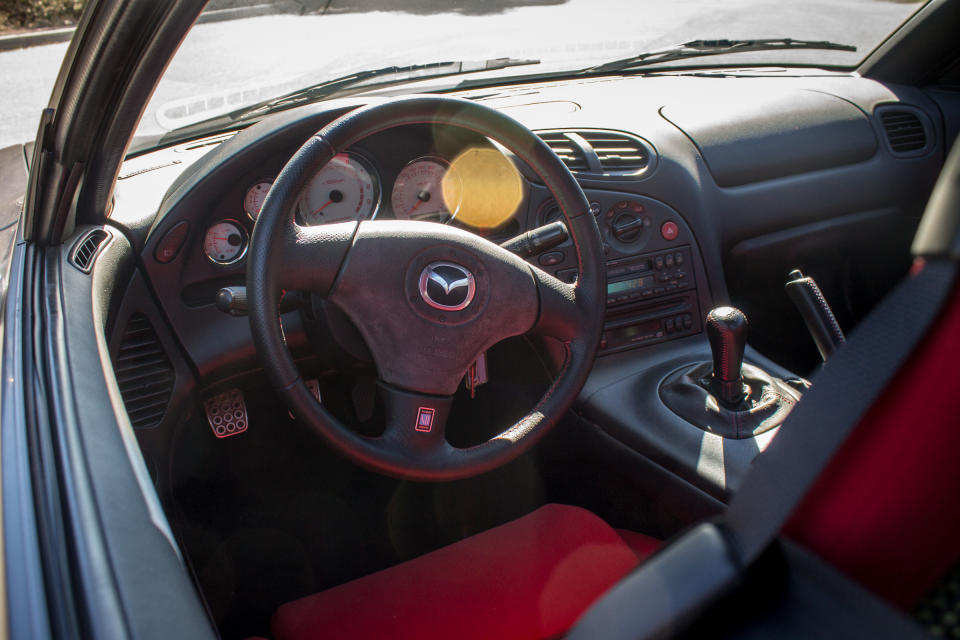
We stop for a lunch in Newport, and I consider the Spirit R further over a plate of fish tacos (shades of nobody likes the tuna here). There's a white Lexus RC-F in the parking lot, a handsome lump of well-marbled wagyu beef. By comparison, the RX-7 looks like the forged blade they'd use to carve off a steak.
It's a little like an air-cooled Porsche 911 without actually resembling one. The RX-7 twin-turbo is edgy, nervy, the sharp peak where engineering for speed climbed before being blunted by engineering for safety and sensibility.
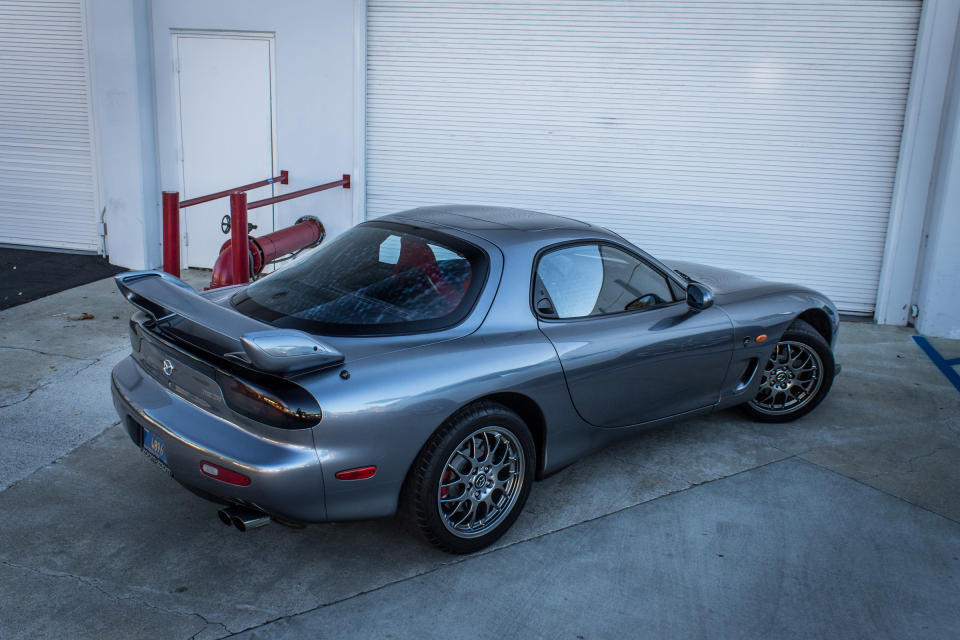
The beast is tucked back in the basement, the last steel of Hattori Hanzŏ sheathed again. But as the old joke about Chuck Norris goes, the last Spirit R doesn't sleep. It waits.
You Might Also Like

 Yahoo Autos
Yahoo Autos 